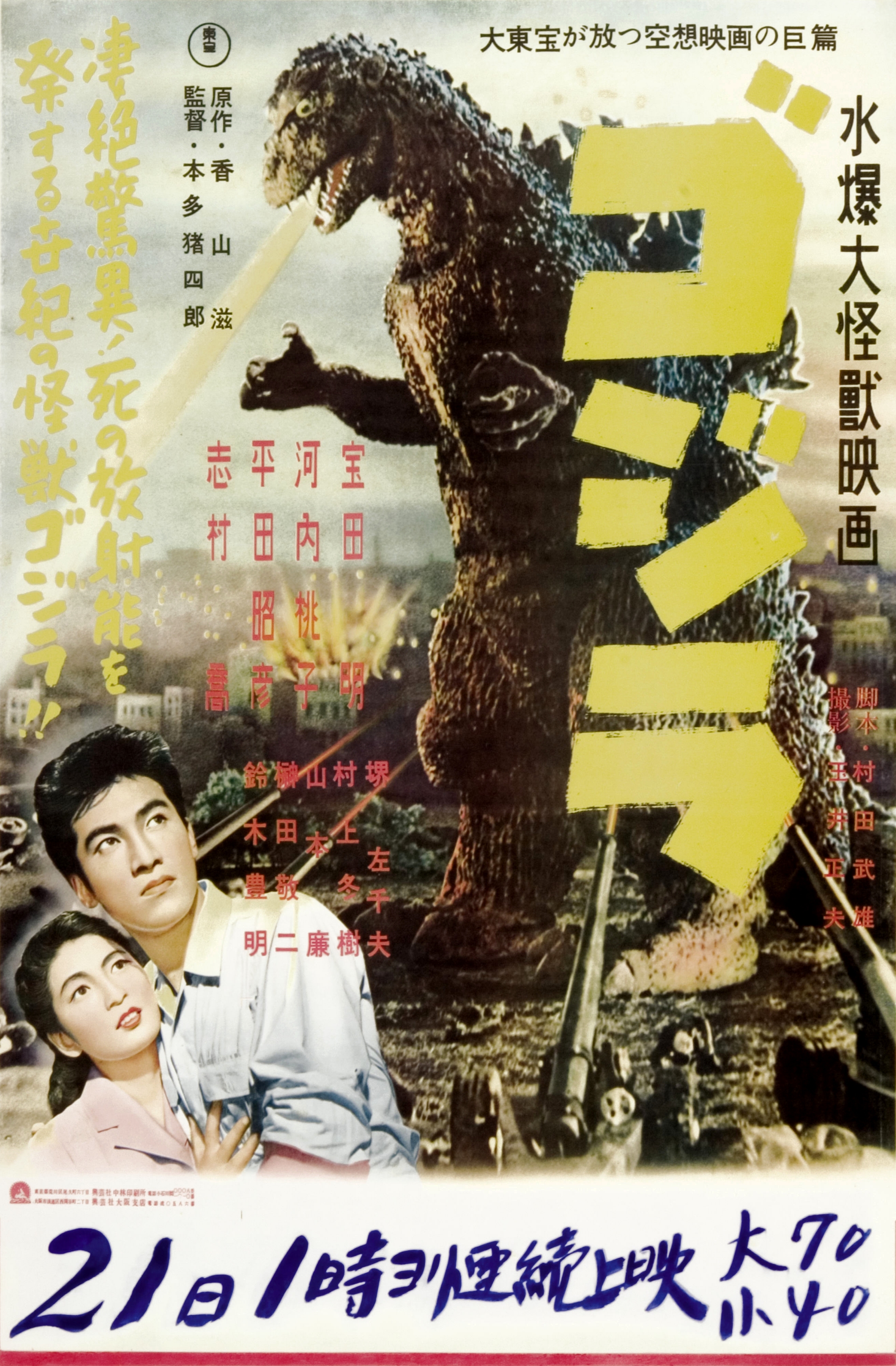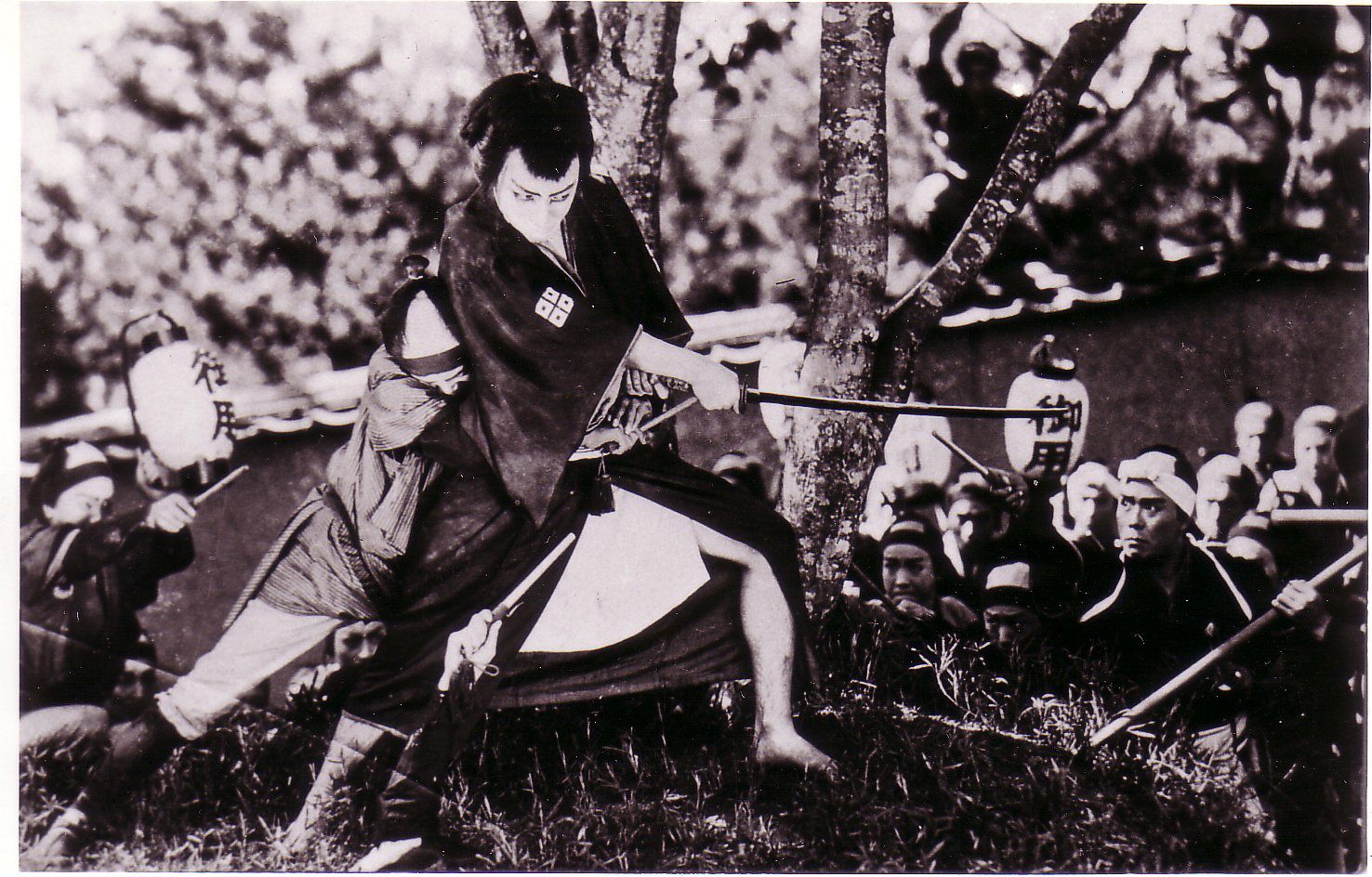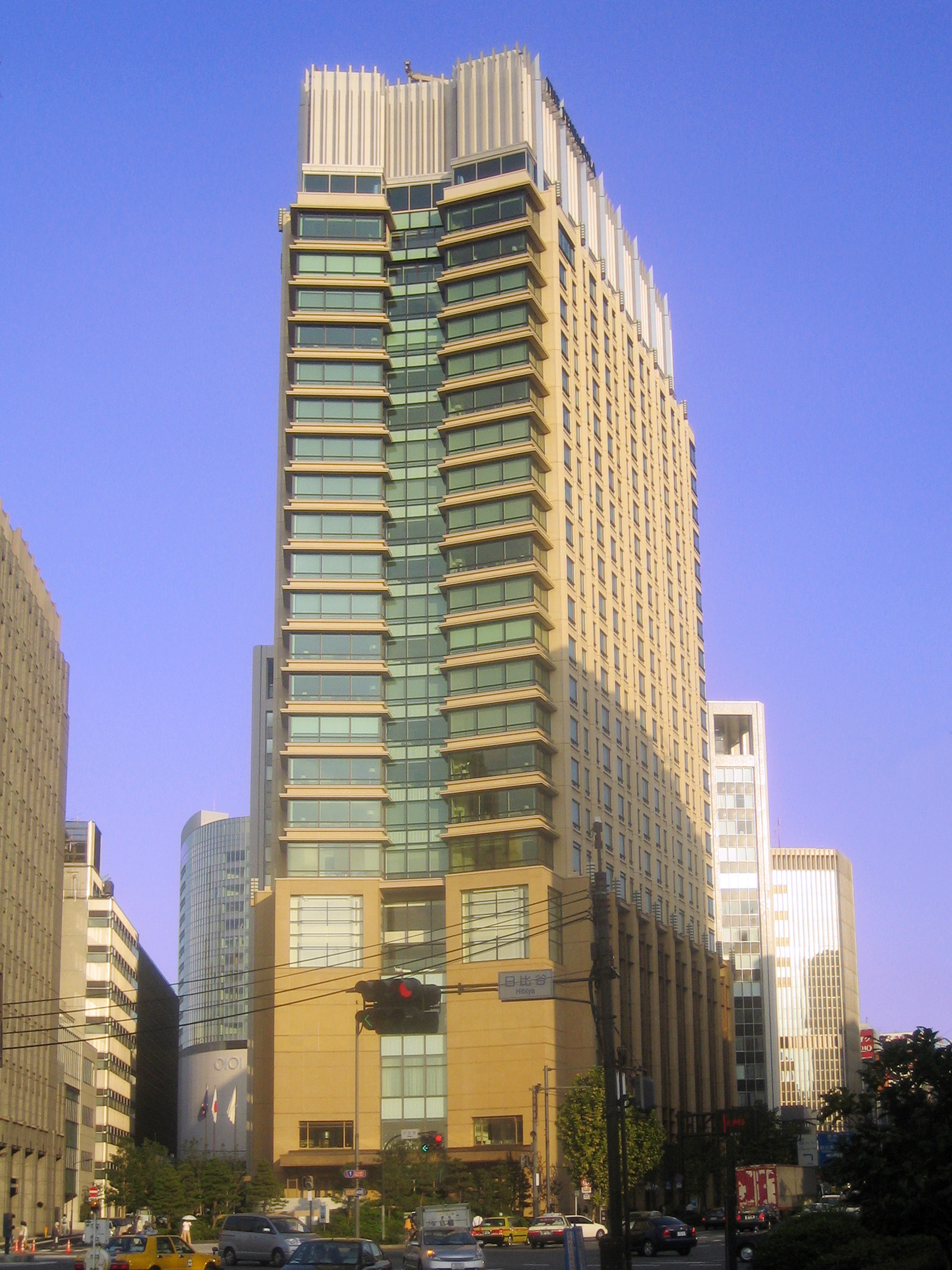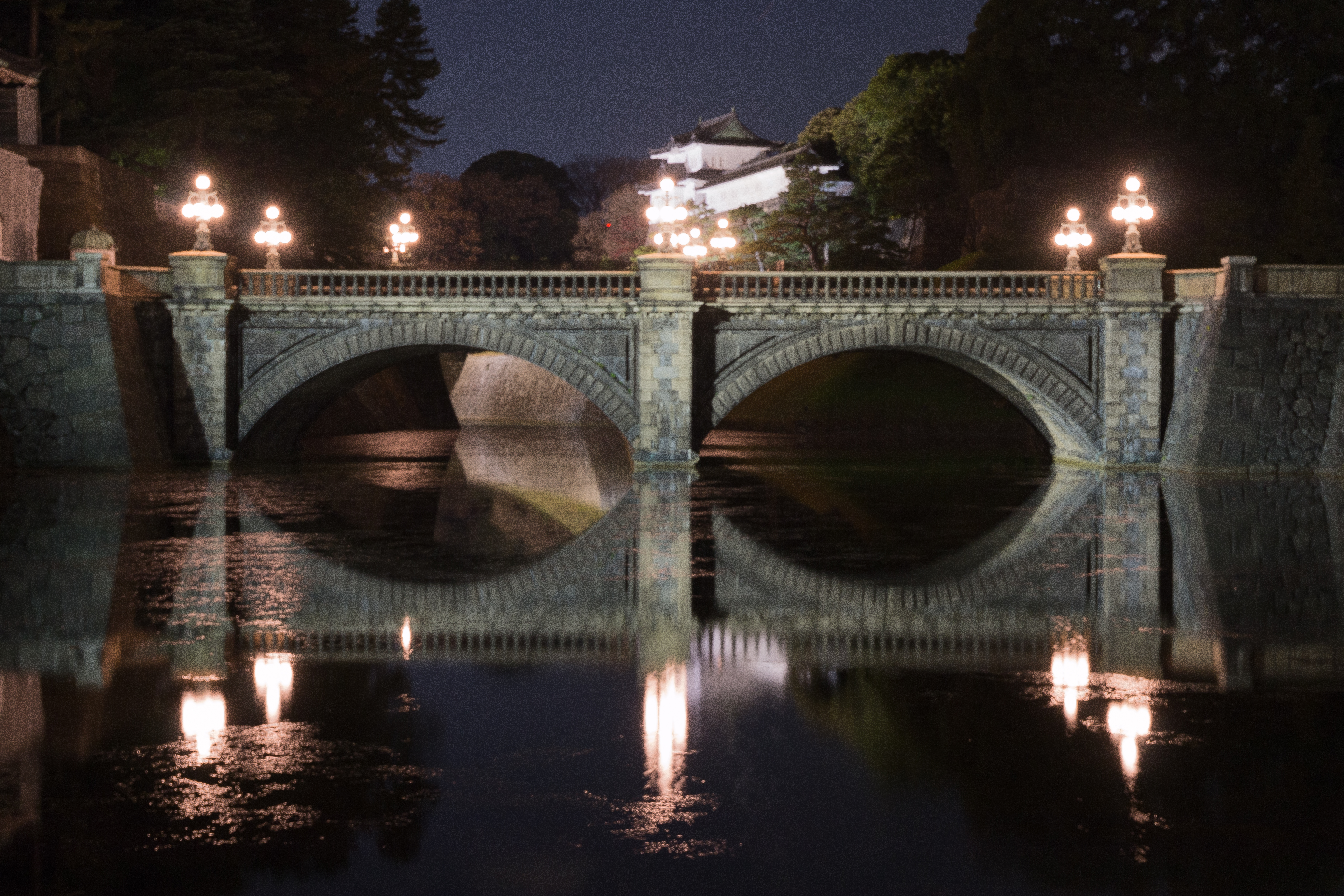|
Toho
is a Japanese film, theatre production and distribution company. It has its headquarters in Chiyoda, Tokyo, and is one of the core companies of the Osaka-based Hankyu Hanshin Toho Group. Outside of Japan, it is best known as the producer and distributor of many '' kaiju'' and ''tokusatsu'' films, the Chouseishin ''tokusatsu'' superhero television franchise, the films of Akira Kurosawa, and the anime films of Studio Ghibli, CoMix Wave Films, TMS Entertainment and OLM, Inc. All nine of the highest-grossing Japanese films are released by Toho. Other famous directors, including Yasujirō Ozu, Kenji Mizoguchi, Masaki Kobayashi, and Mikio Naruse, also directed films for Toho. Toho's most famous creation is Godzilla, who is featured in 32 of the company's films. Godzilla, Rodan, Mothra, King Ghidorah and Mechagodzilla are described as Toho's Big Five because of the monsters' numerous appearances throughout the franchise, as well as spin-offs. Toho has also been involved in the pro ... [...More Info...] [...Related Items...] OR: [Wikipedia] [Google] [Baidu] |
Toho Cinemas
is a Japanese movie theater company. It is a wholly-owned subsidiary of Toho, Toho Co., Ltd. Overview Virgin Cinemas Japan Ltd. was founded by Japanese-American businessman Mark Yamamoto on September 12, 1997. Virgin Cinemas Trias Hisayama, their first theatre, opened in Fukuoka Prefecture on April 23, 1999. By the end of 2002, it expanded from 8 theatres to 81 and became Japan's sixth largest film entertainment company. On April 4, 2003, Toho purchased Virgin Cinemas for 10.3 billion yen, renaming the company Toho Cinemas. Since then, Toho and other companies have developed cinema complexes under the new brand. In addition, many cinemas that the Toho Group had previously operated were renamed after the renewal. Toho Cinemas also integrated the ticketing system and point cards. On October 1, 2006, Toho Cinemas succeeded Toho's film and entertainment division as the parent company, due to the restructuring of the Toho Group's film entertainment division, with the aim of impro ... [...More Info...] [...Related Items...] OR: [Wikipedia] [Google] [Baidu] |
Kaiju
is a Japanese media genre that focuses on stories involving giant monsters. The word ''kaiju'' can also refer to the giant monsters themselves, which are usually depicted attacking major cities and battling either the military or other monsters. The ''kaiju'' genre is a subgenre of ''tokusatsu'' entertainment. The 1954 film ''Godzilla'' is commonly regarded as the first ''kaiju'' film. ''Kaiju'' characters are often somewhat metaphorical in nature; Godzilla, for example, serves as a metaphor for nuclear weapons, reflecting the fears of post-war Japan following the atomic bombings of Hiroshima and Nagasaki and the '' Lucky Dragon 5'' incident. Other notable examples of ''kaiju'' characters include Rodan, Mothra, King Ghidorah and Gamera. Etymology The Japanese word ''kaijū'' originally referred to monsters and creatures from ancient Japanese legends; it earlier appeared in the Chinese ''Classic of Mountains and Seas''. After ''sakoku'' had ended and Japan was opened to for ... [...More Info...] [...Related Items...] OR: [Wikipedia] [Google] [Baidu] |
TOHO Studios
is a Japanese film production company that is a subsidiary of Toho Co., Ltd. Founded in November 8, 1971 as , the company originally served as a spin-off of Toho's original production department, and produced over 160 films. In December 2020, Toho Pictures merged with , to create TOHO Studios, which is headquartered in Seijo, Setagaya, Tokyo. Works Toho Pictures * ''Here Comes Golden Bat'' (1972) * '' Bye-Bye Jupiter'' (1984) * ''The Return of Godzilla'' (1984) * ''Godzilla vs. Biollante'' (1989) * ''Godzilla vs. King Ghidorah'' (1991) * ''Godzilla vs. Mothra'' (1992) * ''Chōshōjo Reiko'' (1991) * ''Godzilla vs. King Ghidorah'' (1991) * ''Godzilla vs. Mothra'' (1992) * '' Godzilla vs. Mechagodzilla II'' (1993) * ''Orochi, the Eight-Headed Dragon'' (1994) * '' Godzilla vs. SpaceGodzilla'' (1994) * ''Godzilla vs. Destoroyah'' (1995) * ''Yatsuhaka-mura'' (1996) * ''Rebirth of Mothra'' (1996) * ''Rebirth of Mothra II'' (1997) * ''Rebirth of Mothra III'' (1998) * '' Godzill ... [...More Info...] [...Related Items...] OR: [Wikipedia] [Google] [Baidu] |
Hankyu Hanshin Toho Group
(before 2006 known as the ) is a Japanese keiretsu (association of businesses) centered on companies established by railway tycoon Ichizō Kobayashi: Hankyu Hanshin Holdings, H2O Retailing and Toho. The keiretsu historically included Sanwa Bank, now part of Mitsubishi UFJ Financial Group, and is still closely linked to MUFG; it also has close ties with the Fujisankei Communications Group. Ownership structures Group companies (note: list incomplete) Hankyu Hanshin Holdings Group *Hankyu Hanshin Holdings, Inc. (January 15, 1906 - May 31, 1907: Mino-o Arima Railway Company, June 1, 1907 - February 3, 1918: Mino-o Arima Tramway Company, February 4, 1918 - September 30, 1943: Hanshin Kyuko Railway Company, October 1, 1943 - March 30, 1973: Keihanshin Kyuko Railway Company, April 1, 1973 - September 30, 2005: Hankyu Corporation, October 1, 2005 - September 30, 2006: Hankyu Holdings, Inc.) **Hankyu Corporation (December 7, 1989 - March 28, 2004: Act Systems, March 29, 2004 - Septe ... [...More Info...] [...Related Items...] OR: [Wikipedia] [Google] [Baidu] |
Hankyu Hanshin Holdings
is a Japanese multinational company, multinational ''keiretsu'' holding company which owns Hankyu, Hankyu Corporation, the Hanshin Electric Railway, Hanshin Electric Railway Co., Ltd., Toho, Toho Co., Ltd., and affiliate companies. On October 1, 2006, Hankyu Holdings changed its name to the present corporate name following the merger with Hanshin Electric Railway. On the same day Hankyu Corporation Group was renamed Hankyu Hanshin Holdings Group, and the Hankyu Toho Group renamed Hankyu Hanshin Toho Group. The operations of the company are centered on transportation, retailing, real estate, entertainment and media. The transportation segment is the company's main cashflow generating business and comprises the railway companies Hanshin Electric Railway (acquired in 2006) and Hankyu Railway. It also includes the smaller railway lines of Hokushin Kyūkō Electric Railway and Nose Electric Railway, as well as equity stakes in Kita-Osaka Kyūkō Railway, Sanyo Electric Railway, Os ... [...More Info...] [...Related Items...] OR: [Wikipedia] [Google] [Baidu] |
Chouseishin Series
The is a tokusatsu superhero TV franchise which debuted in Japan from 2003 through 2006. The ''Chouseishin Series'' was produced by Toho Company, Ltd., in association with Konami, to emulate and rival the success of Toei's ''Super Sentai'' and ''Kamen Rider'' series. The Chouseishin Series * - 2003/2004 The first of the Chouseishin series, the Gransazers involves a group of 12 ordinary people who have the power to transform and don the Gransazer battle suits, that were created by an ancient race of humans, before an alien alliance wiped them out millions of years ago for being a threat to the universe. The Gransazers are divided into four tribes: flame, wind, earth, and water. Each tribe has a mechanoid called a Chouseishin, which they can summon only when the three GranSazers of each tribe join together and use their Knuckle Risers. With their Chouseishin, the Cloud Dragon, and Guntras, the Gransazers combat alien threats from the alliance that intend to finish what they start ... [...More Info...] [...Related Items...] OR: [Wikipedia] [Google] [Baidu] |
Japanese Film
The has a history that spans more than 100 years. Japan has one of the oldest and largest film industries in the world; as of 2021, it was the fourth largest by number of feature films produced. In 2011 Japan produced 411 feature films that earned 54.9% of a box office total of US$2.338 billion. Films have been produced in Japan since 1897, when the first foreign cameramen arrived. ''Tokyo Story'' (1953) ranked number three in ''Sight & Sound'' critics' list of the 100 greatest films of all time. ''Tokyo Story'' also topped the 2012 ''Sight & Sound'' directors' poll of The Top 50 Greatest Films of All Time, dethroning ''Citizen Kane'', while Akira Kurosawa's ''Seven Samurai'' (1954) was voted the greatest foreign-language film of all time in BBC's 2018 poll of 209 critics in 43 countries. Japan has won the Academy Award for the Best International Feature Film four times, more than any other Asian country. Japan's Big Four film studios are Toho, Toei, Shochiku and Kadokawa, ... [...More Info...] [...Related Items...] OR: [Wikipedia] [Google] [Baidu] |
Yūrakuchō
is a business district of Chiyoda, Tokyo, Japan, situated in between the Ginza and Hibiya Park, southeast of the Tokyo Imperial Palace. The district takes its name from Oda Nagamasu (1547–1622), who was also known as Yūraku (有楽). Oda Nagamasu built his mansion here on land granted by Tokugawa Ieyasu near the Sukiya-bashi Gate of Edo Castle. The place name dates from the Meiji period. Yūrakuchō is served by several train and subway stations, including Hibiya Station (Toei Subway and Tokyo Metro lines) and Yūrakuchō Station (JR East and Tokyo Metro lines). Unlike its tonier neighbor Ginza, Yūrakuchō provides a glimpse of Japanese life from the early postwar period, with its many ''izakaya'' (Japanese-style bars, denoted by their red lanterns known as '' akachochin'') and outdoor ''yakitori'' restaurants, many of which are located near or under the train tracks serving Tokyo's JR Yamanote Line. Because of its easy access to Tokyo Station, Yūrakuchō bars and restauran ... [...More Info...] [...Related Items...] OR: [Wikipedia] [Google] [Baidu] |
Tokusatsu
is a Japanese term for live action film or television drama that makes heavy use of practical special effects. ''Tokusatsu'' entertainment mainly refers to science fiction, War film, war, fantasy, or Horror film, horror media featuring such technology but is sometimes dubbed a genre itself. The most popular subgenres of include ''kaiju'' such as the ''Godzilla (film series), Godzilla'' and ''Gamera'' series; superhero such as the ''Kamen Rider Series, Kamen Rider'' and ''Metal Hero Series, Metal Hero'' series; and mecha like ''Giant Robo (tokusatsu), Giant Robo'' and ''Super Robot Red Baron''. Some television programs combine several of these subgenres, for example the ''Ultra Series, Ultraman'' and ''Super Sentai'' series. is one of the most popular forms of Japanese entertainment, but only a small proportion of films and television programs are widely known outside of Japan. Nevertheless, certain properties have attained popularity outside of Japan; ''Godzilla'' is featu ... [...More Info...] [...Related Items...] OR: [Wikipedia] [Google] [Baidu] |
Chiyoda, Tokyo
is a special ward located in central Tokyo, Japan. It is known as Chiyoda City in English.Profile ." ''City of Chiyoda''. Retrieved on December 28, 2008. It was formed in 1947 as a merger of and wards following 's transformation into Tokyo Metropolis. The modern Chiyoda ward exhibits contrasting |
H2O Retailing
is a stock holding company which is a member company of Hankyu Hanshin Toho Group. This article covers about a subsidiary which owns 2 department store chains: Hankyu Department Store and Hanshin Department Store. History *March 7, 1947: The department store business was separated from Keihanshin Kyuko Railway Company (present: Hankyu Hanshin Holdings, Inc.) and Hankyu Department Stores, Inc. was founded. *October 1, 2007: "Hankyu Department Stores, Inc." subsidiarized "the Hanshin Department Store, Ltd." and was renamed "H2O Retailing Corporation". The department store business was separated to the newly founded company, "Hankyu Department Stores, Inc." *October 1, 2008: Hankyu Department Stores, Inc. consolidated the Hanshin Department Store, Ltd. and was renamed "Hankyu Hanshin Department Stores, Inc." See also *Hankyu Hanshin Toho Group **H2O Retailing Corporation ***Hankyu Hanshin Department Stores, Inc. ****Hankyu Department Store ****Hanshin Department Store **Hankyu ... [...More Info...] [...Related Items...] OR: [Wikipedia] [Google] [Baidu] |
Ichizō Kobayashi
, occasionally referred to by his pseudonym , was a Japanese industrialist and politician. He is best known as the founder of Hankyu Railway, the Takarazuka Revue, and Toho. He served as Minister of Commerce and Industry between 1940-1941. Life Ichizō Kobayashi was born in Kawarabe village, Koma, Yamanashi Prefecture (present-day Nirasaki, Yamanashi) on January 3, 1873, to a wealthy merchant family known by the trade name "Nunoya". His mother died immediately after his birth and his father left the family, leaving Kobayashi under the care of his uncle's family. He was named Ichizō, meaning "one-three", because of his birthday, January 3. He graduated from Keio Gijuku in 1892. After a 14-year career at the Mitsui Bank, he founded (technically as one of the promoters/executive directors) Mino-o Arima Electric Railway Company (then Hankyu Corp., now, Hankyu Hanshin Holdings, Inc.) in 1907. At Hankyu, Kobayashi made success in the management of the railway in a less-populated ... [...More Info...] [...Related Items...] OR: [Wikipedia] [Google] [Baidu] |






